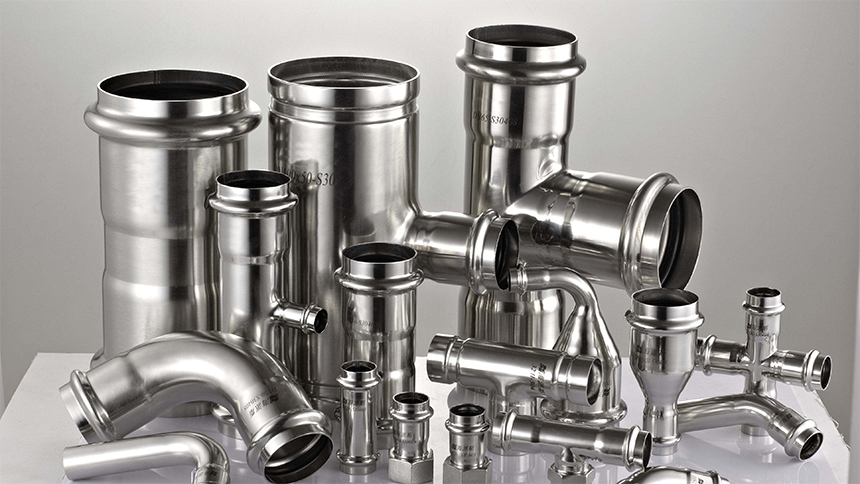
AISI 304 stainless steel (UNS S30400)
AISI 304 Stainless Steel (UNS S30400) is the most commonly used material in stainless steels and is usually purchased in the annealed or cold-worked state. Since SS304 contains 18% chromium (Cr) and 8% nickel (Ni), it is also known as 18/8 stainless steel. Type 304 has good processability, weldability, corrosion resistance, heat resistance, low temperature resistance and mechanical properties, good hot workability such as stamping and bending, and no heat treatment hardening. SS 304 is widely used in industrial use, furniture decoration, food and medical industry, etc.
AISI 304L is the low carbon version of 304 stainless steel, AISI 303 is a free machining steel, basically a variant of SS304, which increases the phosphorus (P) and sulfur (S) content and improves machinability. AISI 316 is better than 304 in certain properties, corrosion resistance and heat resistance, etc. For more information, check 304 vs 304L stainless steel and 304 vs 316 stainless steel.
SS 304 Stainless Steel Properties
The following data sheet and specifications show the properties of SS 304 stainless steel, including physical and mechanical properties.
Chemical composition
The composition of type 304 stainless steel is given in the table below.
Datasheet 1, AISI 304 stainless steel composition
| Chemical composition, % | ||||||||||
| ASTM | AISI (UNS) | C, ≤ | Yes, ≤ | Mn, ≤ | P, ≤ | S, ≤ | Cr | No | N, ≤ | products |
| ASTM A240/A240M | 304 (UNS S30400) | 0.07 | 0.75 | 2:00 | 0.045 | 0.030 | 17.5-19.5 | 8.0-10.5 | 0.10 | Plate, Sheet and Strip |
| ASTM A276/276M | 0.08 | 1.00 | 2:00 | 0.045 | 0.030 | 6pm-8pm | 8.0-11.0 | – | Bars and Shapes | |
Mechanical Properties of SS304 Stainless Steel
Datasheet-2, the tables below list the mechanical properties of SS304 material, including yield strength, tensile strength, elongation and hardness, etc.
| Mechanical properties, data is for 25.4 mm (1 in.) diameter bars | ||||||
| Steel (UNS) | Tensile strength, MPa (ksi) | Yield strength, MPa (ksi) | Elongation by 50 mm (2 in.), % ≥ | Area reduction (%) | Hardness (HB) | Illness |
| AISI 304 (UNS S30400) | 585 (85) | 235 (34) | 60 | 70 | 149 | Annealed bar |
| 690 (100) | 415 (60) | 45 | 212 | Annealed and cold drawn | ||
| 860 (125) | 655 (95) | 25 | 275 | High cold drawn strength | ||
Data Sheet 3, ASTM 304 Stainless Steel Properties – Mechanical Properties
| Mechanical properties | |||||||||
| ASTM Type | AISI (UNS) | Tensile strength, MPa (ksi) | 0.2% yield strength, MPa (ksi) | Elongation by 50 mm (2 in.), % ≥ | Area Reduction, %, ≥ | Brinell hardness (HBW) ≤ | Rockwell hardness (HRBW) ≤ | products | Illness |
| ASTM A240/A240M | 304 (UNS S30400) | 515 (75) | 205 (30) | 40 | – | 201 | 92 | Plate, Sheet and Strip | – |
| ASTM A276A/276M | 515 (75) | 205 (30) | 40 | 50 | – | – | Bars and Shapes | Hot finished | |
| 620 (90) | 310 (45) | 30 | 40 | – | – | Cold finished, diameter ≤ 12.7 mm (0.5 in.) | |||
| 515 (75) | 205 (30) | 30 | 40 | – | – | Cold finished, Dia. > 12.7 mm (0.5 in.) | |||
Data comes from professional, authoritative and reliable ASTM standards.
Physical properties
Datasheet 4, Physical Properties of SS304
- 1g/cm3 = 1kg/dm3 = 1000kg/m3;
- 1 μΩ·m = 1 Ω·mm²/m
- 1 GPa = 1kN/mm2
| Physical properties | |
| Density, g/cm3 (lbs/in3) | 7.93 (0.286) |
| Melting point, °C (°F) | 1398-1454 (2550-2650) |
| Magnetic in annealed condition | No |
| Magnetic permeability | 1.02 (approximate) |
| Specific heat capacity, J/(Kg·K) | 500 to 0-100°C (32-212°F) |
| Electrical resistivity, μΩ·m | 0.73 at 20°C (68°F) |
| Modulus of Elasticity (Modulus of Elasticity), GPa (psi) | 193 (28× 106 ) |
| Thermal diffusivity, mm2/s | 3.84 at 20-100°C (68-212) |
| Thermal conductivity (W/m·K) | 16.3 to 100°C (212°F) |
| 21.5 to 500°C (932°F) | |
| Average coefficient of thermal expansion, (10 -6 /K) | 17.2 at 0-100°C (32-212°F) |
| 17.8 at 0-315°C (32-600°F) | |
| 18.4 at 0-538°C (32-1000°F) | |
magnetic properties
Type 304 stainless steel is not magnetic, but may be slightly magnetic after cold working.
Heat resistance
Maximum service temperature in air
- Intermittent service temperature: 870 °C (1600 °F);
- Continuous service temperature: 925 °C (1700 °F);
Sensitization occurs when type 304 austenitic stainless steel is heated to between 425 and 815 °C (800-1500 °F). Carbon and chromium combine to form chromium carbide, which precipitates at the crystal boundary, so that the Cr content near the grain boundary is greatly reduced and becomes a Cr-depleted region. Therefore, its corrosion resistance is reduced.
To prevent sensitization, the following methods can be used for AISI 304 stainless steel:
- Rapidly passing the sensitized temperature range of 425-815°C (800-1500°F), therefore, Cr does not have enough time to combine with C and it is impossible to precipitate chromium carbide.
- The sensitized stainless steel is reheated to a temperature of 1040-1065°C (1900-1950°F) sufficient to decompose the chromium carbide and then rapidly cooled (water quenching if possible) to decrease the likelihood of the chromium carbide precipitate.
- The use of ultra-low carbon austenitic stainless steels such as 304L and 316L can reduce the formation of chromium carbide and reduce the likelihood of chromium-poor envelope.
304 Stainless Steel Heat Treatment
Following is the heat treatment of 304 stainless steel, such as annealing, forging, hardening, stress relieving, etc.
Annealing (Solution Annealing)
The annealing temperature range of type 304 stainless steel is 1010-1065°C (1850-1950°F), 1040°C (1900°F) is recommended, and then cooled quickly.
Before annealing, the surface must be carefully cleaned, and to avoid the formation of an oxide layer during the annealing process, vacuum, hydrogen or inert gas protection must be used.
Forging Temperature
The typical forging temperature of type 304 stainless steel is 925-1260°C (1700-2300°F).
Hardening
AISI SAE ASTM 304 stainless steel cannot be hardened by heat treatment, but can be hardened by cold working.
Stress Relief Temperature
When welding is not suitable for complete annealing, the residual stress of SS 304 grade stainless steel can be moderately reduced below 450 °C (840 °F).
Cold work
SS304 is suitable for cold working operations including cold heading, cold drawing, cold extrusion and cold riveting, but it is more difficult than cold working of carbon steel.
Machining
Type 304 stainless steel is more difficult to machine than carbon steel and low-alloy steel due to its higher strength and higher work hardening rate. Therefore, more power and slower processing speed are required, resulting in shorter tool life and difficulty in obtaining a smooth surface.
Welding
SS 304 has excellent welding performance and does not require preheating, but requires similar filler material composition but high alloy content. Make sure the solder contains 5-10% ferrite when soldering to avoid solder cracking. Reduce carbon content, such as using 304L, stabilized stainless steel or adding niobium (Nb), to prevent weld corrosion. SS 304 may require subsequent annealing after welding or heat treatment to achieve optimum corrosion resistance, smoothness and ductility. Because the intergranular corrosive chromium carbide is dissolved during the annealing process.
Post-weld heat treatment: 949-1149°C (1740-2100°F), if performed, or stress relief below 649°C (1200°F) to prevent weld corrosion.
Corrosion resistance
The reason AISI 304 grade stainless steel exhibits excellent resistance to atmospheric corrosion is due to the formation of a chromium passivation film on its surface. But when SS304 is in a hot chloride environment, corrosion is even faster than unalloyed carbon steel. Below is the application range of stainless steel in chloride ion medium for reference.
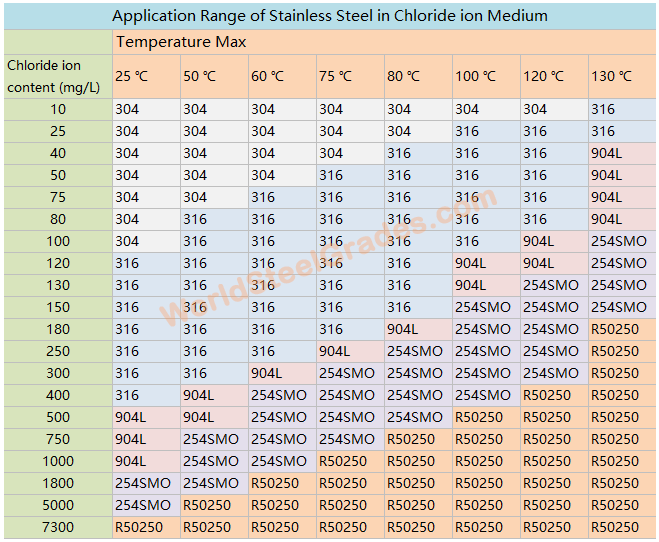
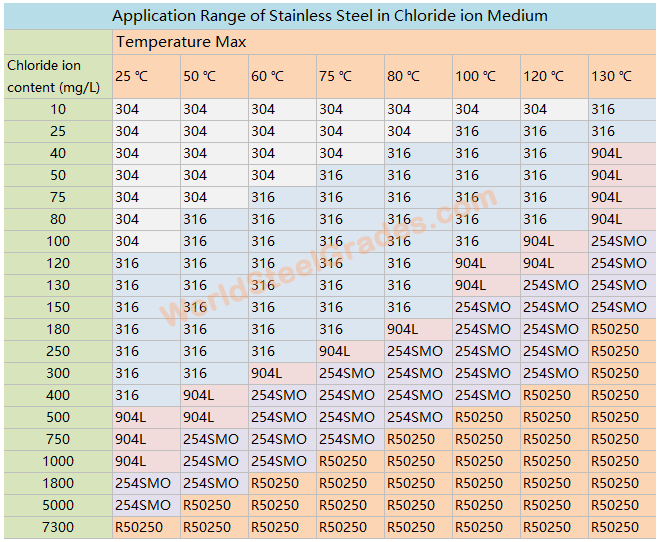
Examples of ASTM 304 stainless steel rust environment: sea water, sea wind, salt, perspiration, etc.
Forms
AISI 304 stainless steel is widely used in the chemical and petroleum industry, metallurgical machinery, aerospace industry, food processing equipment, instruments, household appliances and hardware manufacturing industries.
SS304 material is processed into many intermediate products, such as steel sheets and plates, steel tubes and pipes, steel bars and flats, rods and wires, etc.
Final products such as all kinds of kitchen utensils, tableware, medical devices, machines and parts, wire mesh, filters, architectural and decorative products, etc.
Degree equivalent to AISI 304
The equivalent material of ASTM type 304 stainless steel is listed in the table below, including ISO, European EN (Germany DIN, British BSi, France NF…), Japanese JIS and Chinese standard GB (for reference).
Grades:
- DIN 17440 has been replaced by DIN EN 10088-2.
- Chinese stainless steel grade 0Cr18Ni9 is an old designation and has been replaced by the new name 06Cr19Ni10.
- ASTM A240/A240M – Standard specification for chromium and chromium-nickel SS plates, sheets and strips for pressure vessels and general applications.
- ASTM A276/A276M – Standard specification for SS bars and shapes.
- JIS G4304:2005 – Hot rolled stainless steel sheet, steel plate and steel strip.
- GB/T 1220: 2007 – Stainless steel bars.
- GB/T 3280: 2015 – Cold rolled stainless steel sheet, steel plate and steel strip.
| Degree equivalent to AISI 304 | |||||||||||||||
| USA | European | Germany | Great Britain (United Kingdom) | ISO | Japan | China | |||||||||
| Standard | Note (UNS) | Standard | Steel Name (Steel Number) | Standard | Class (Steel Number) | Standard | Class (Steel Number) | Standard | Note | Standard | Note | Standard | Note | ||
| AISI-SAE; ASTM A240/A240M; A276/A276M |
AISI304 (UNS S30400) |
EN 10088-2; EN 10088-3 |
X5CrNi18-10 (1.4301) | DIN EN 10088-2; DIN 17440 |
X5CrNi18-10 (1.4301) | DIN EN 10088-2; BS970:1996 |
X5CrNi18-10 (1.4301); 304S15 |
ISO 15510 | X5CrNi18-10 | JIS G4304 | SUS304 | GB/T 1220; GB/T 3280 |
06Cr19Ni10; 0Cr18Ni9 (old designation) |
||

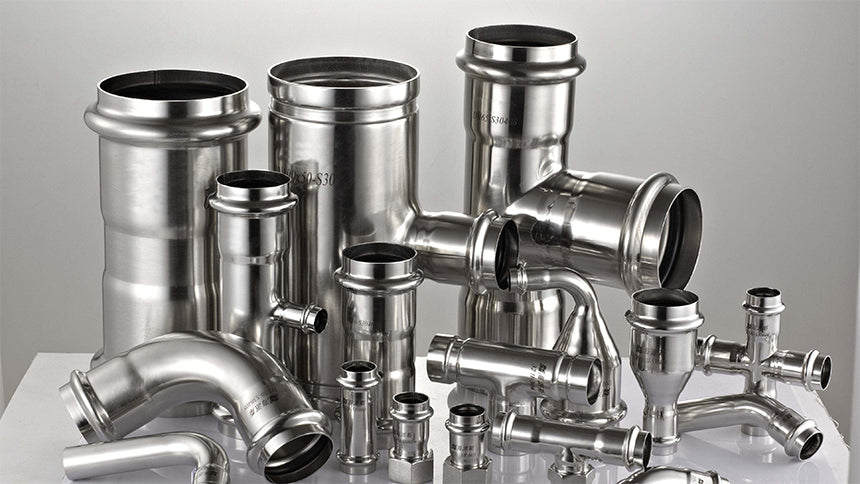

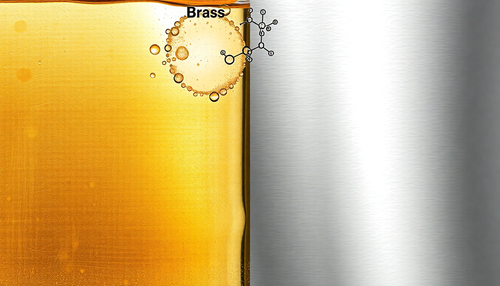
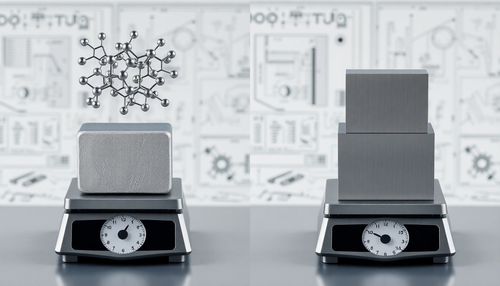

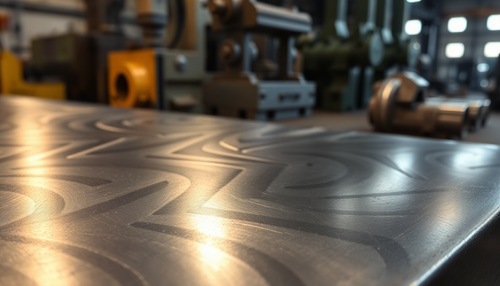

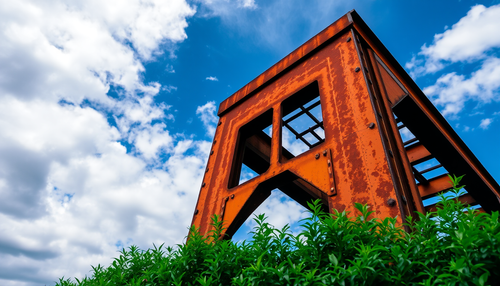





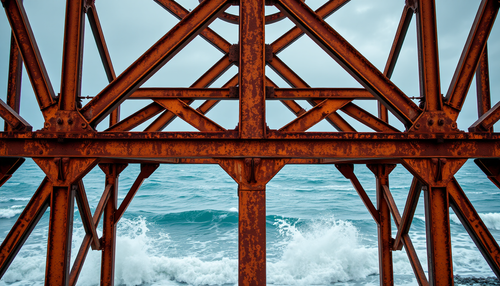


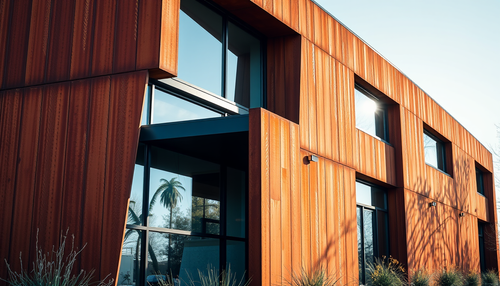

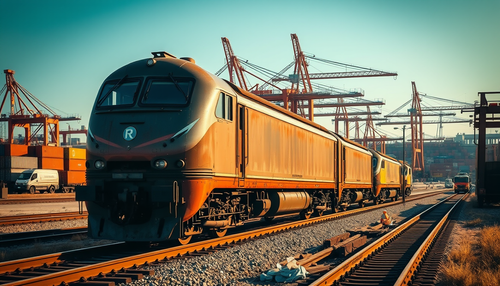
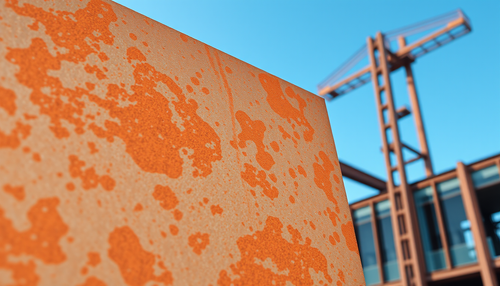
1comment
Utilizamos na empresa o AISI 304 tanto para ESTAMPAGEM (chapa) como para USINAGEM (BARRAS.
Gostaria de saber se as propriedades mecânicas são as mesmas?